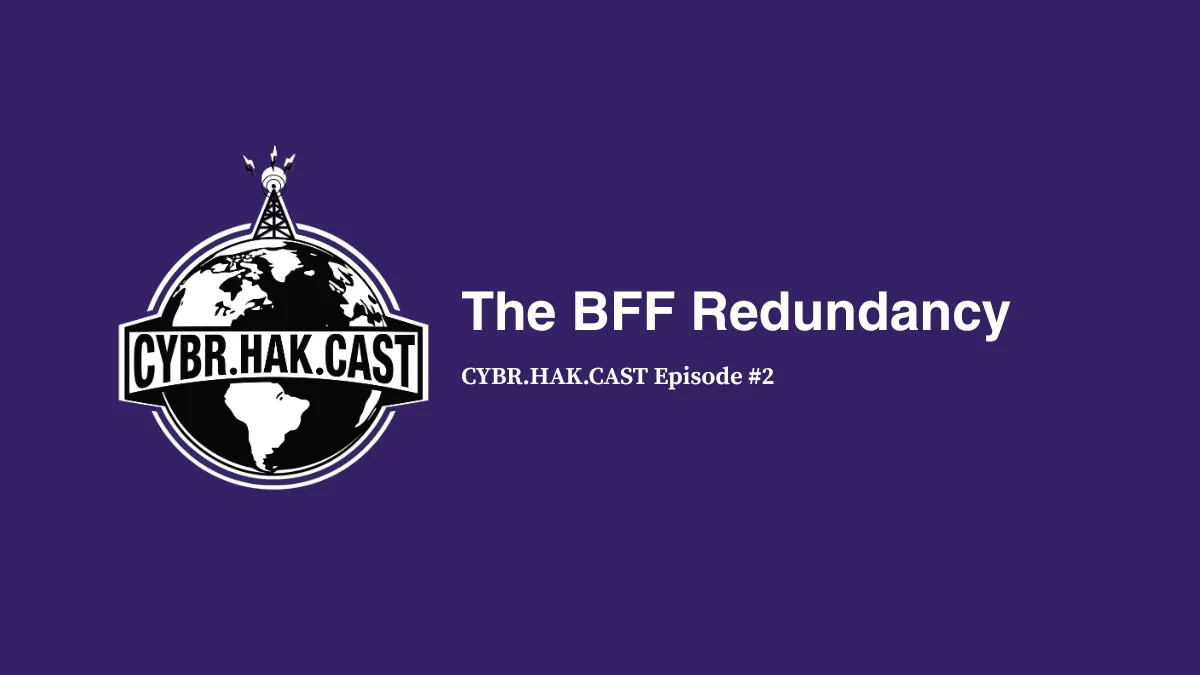The IBM Cost of a Data Breach Report 2024 finds that 40% of data breaches now involve data stored across private cloud and on-premises systems. This is a result of enterprises becoming increasingly dependent on complex data pipelines that support critical business operations, AI systems, and decision-making processes. As these pipelines grow in complexity and importance, securing them becomes vital.
According to research firm Fortune Business Insights, the global data pipeline market size was valued at $10 billion in 2024 and is expected to reach $44 billion by 2032, highlighting the rapid adoption of data pipeline technologies by enterprises. The data pipeline tools market was estimated to be worth $12 billion in 2024, with a projected annual growth rate of 27% from 2025 to 2030, driven by the adoption of AI, IoT, and the need for reduced data latency, according to Grand View Research.
Bobby Cameron, VP and principal at Forrester Research stated that the data pipeline security challenges for organizations remain significant. "Companies with complex data pipelines face significant challenges in keeping these pipelines secure and properly governed, especially when they change so quickly."
With that in mind, what must organizations do to build secure, resilient data pipelines that support their business objectives?
While the National Institute of Standards and Technology's (NIST) Risk Management Framework (RMF) is the authoritative source for federal cybersecurity guidance and doesn't specifically address data pipeline security, the guidance is designed to be applied to virtually any system.
Key NIST insights for securing data pipelines, gained from NIST Special Publication 800-37 Revision 2:
Create a data pipeline security lifecycle: NIST emphasizes integrating security and privacy into all phases of a system's development life cycle (SDLC), from design to disposal. This is directly applicable to data pipelines, which should be secured by design and continuously monitored throughout their operational lifespan.
Define authorization boundaries: Organizations must clearly define the components included in the authorization boundary (the lines that delineate the specific security authorization for a party within a system) for any system, including data pipelines. This ensures that all elements of the pipeline are accounted for in risk assessments and control implementations.
Complete security control selection and implementation: NIST recommends selecting and implementing an initial set of security and privacy controls tailored to the risk profile of the data pipeline. This would include controls for data integrity, confidentiality, and availability, as well as controls for logging, monitoring, and access management.
Continuous Monitoring: Ongoing monitoring of controls is critical for maintaining the security posture of data pipelines. Automation is encouraged to enhance the speed and efficiency of monitoring, particularly in dynamic or high-volume data processing environments.
Supply Chain Risk Management: NIST emphasizes the importance of managing risks associated with third-party providers and commercial products, which is particularly relevant for data pipelines that utilize external services, platforms, or software components.
Collaboration Between Security and Privacy: The RMF integrates privacy risk management, ensuring that both security and privacy requirements are addressed in the design and operation of data pipelines.
Misconfigurations, insider risks, and authentication issues are likely to drive the majority of data breaches associated with data pipelines. Commonly used data pipeline products can also suffer from development flaws. Apache Kafka, widely used for streaming data processing, for instance, has been affected by multiple critical vulnerabilities, including CVE-2024-31141, which allows privilege escalation through misconfigured ConfigProvider plugins. This vulnerability affects Kafka clients from versions 2.3.0 through 3.7.1 and demonstrates how configuration management weaknesses can create attack vectors in distributed streaming platforms.
Users of Apache Airflow, a popular workflow management platform, have experienced significant security issues due to misconfigurations that expose credentials for widely used services, including AWS, PayPal, and Slack. Research has identified that the most common method of credential leakage in Airflow involves insecure coding practices, where passwords are hardcoded directly into Python DAG code or stored as plaintext in variables. These vulnerabilities put affected organizations at risk of lateral movement attacks and unauthorized access to connected systems.
Microsoft Azure Data Factory users have also faced challenges, with security researchers discovering misconfigurations in Kubernetes role-based access control within Airflow clusters that could allow attackers to gain shadow administrator access to entire Azure Kubernetes Service clusters. While Microsoft classified these vulnerabilities as low severity, successful exploitation could enable data exfiltration, malware deployment, and manipulation of critical Azure services, including the Geneva logging and metrics system.
Securing data pipelines is a crucial concern for organizations that handle sensitive and regulated data. While not authoritative like NIST, both the Cloud Security Alliance (CSA) and the Center for Internet Security (CIS) provide comprehensive frameworks and recommendations to address these challenges. Both CSA and CIS stress the importance of a comprehensive, layered approach to securing data pipelines. This includes robust access controls, encryption, continuous monitoring, and operational processes that adapt to evolving threats and compliance requirements. Adopting their recommendations can significantly reduce the risk of data breaches and ensure resilient, secure data pipeline operations.
"Security leaders have to look at their data and data pipelines with a broad perspective for the entire lifecycle and make sure that whatever data is going to be in the pipeline is protected. Well protected and well governed," Yuanna said.








